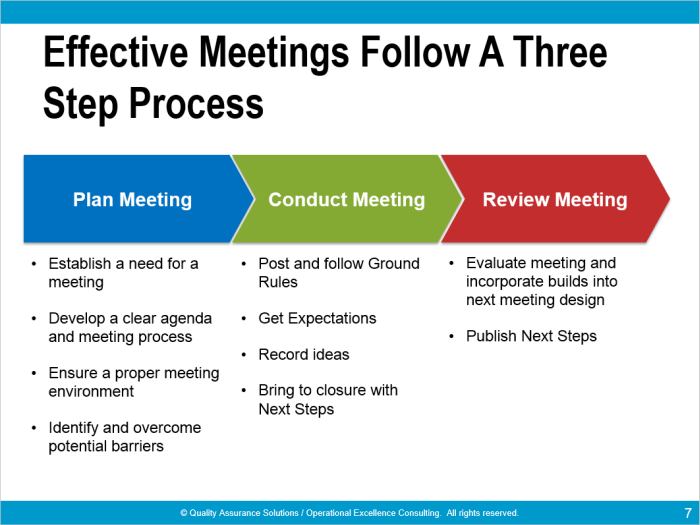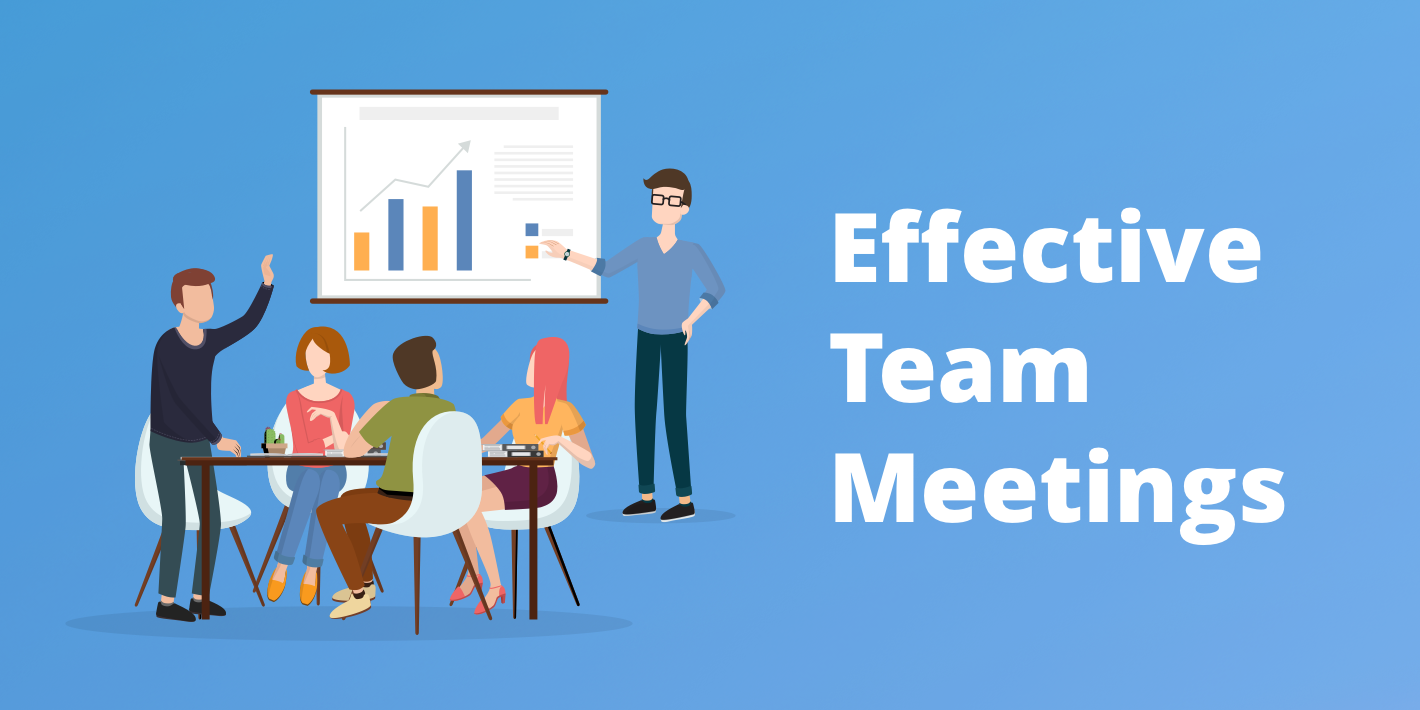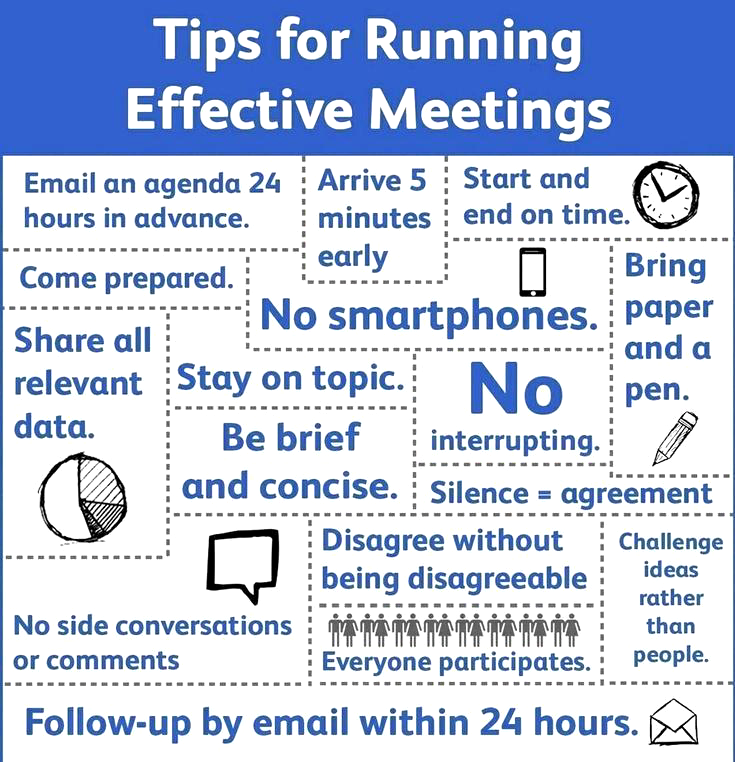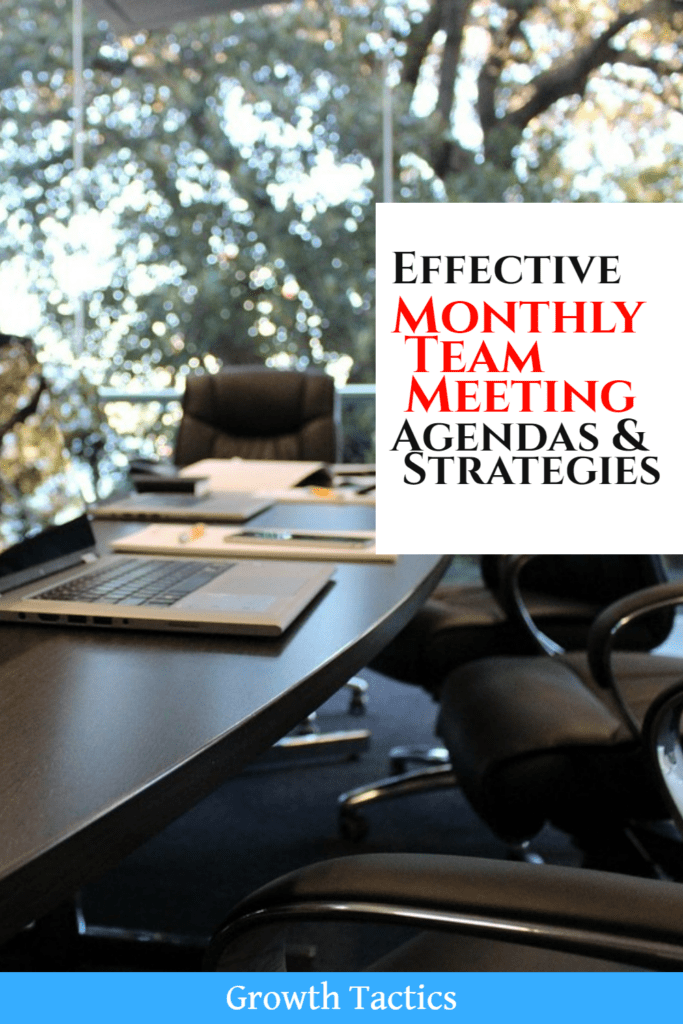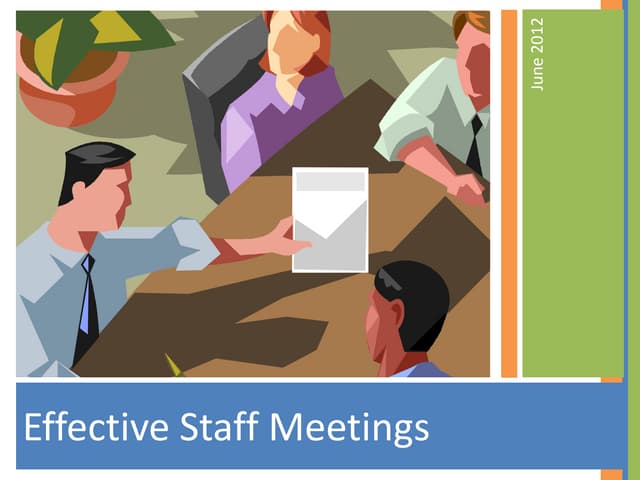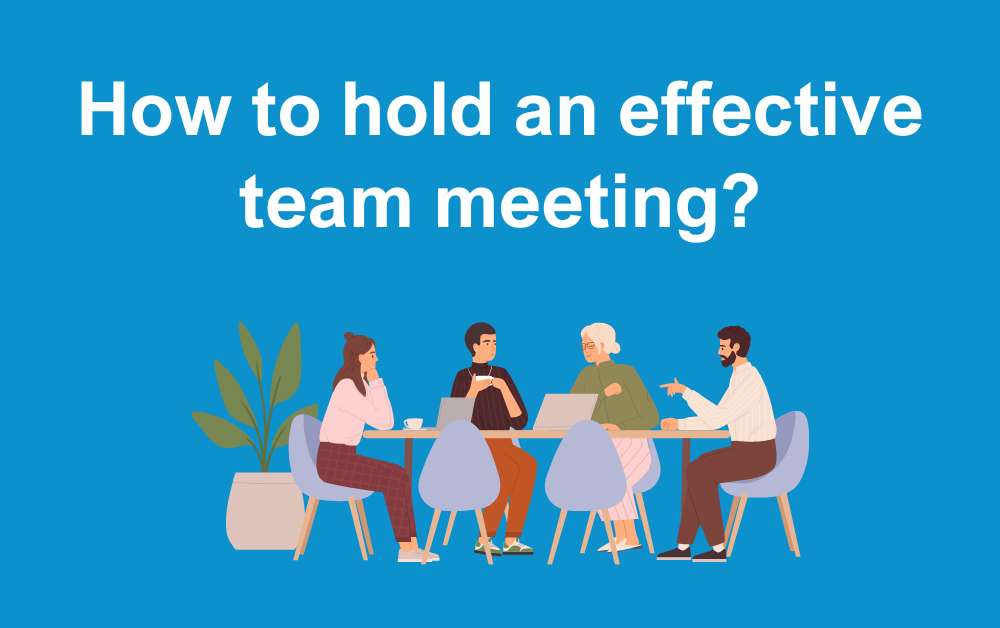Effective Staff Meeting Strategies
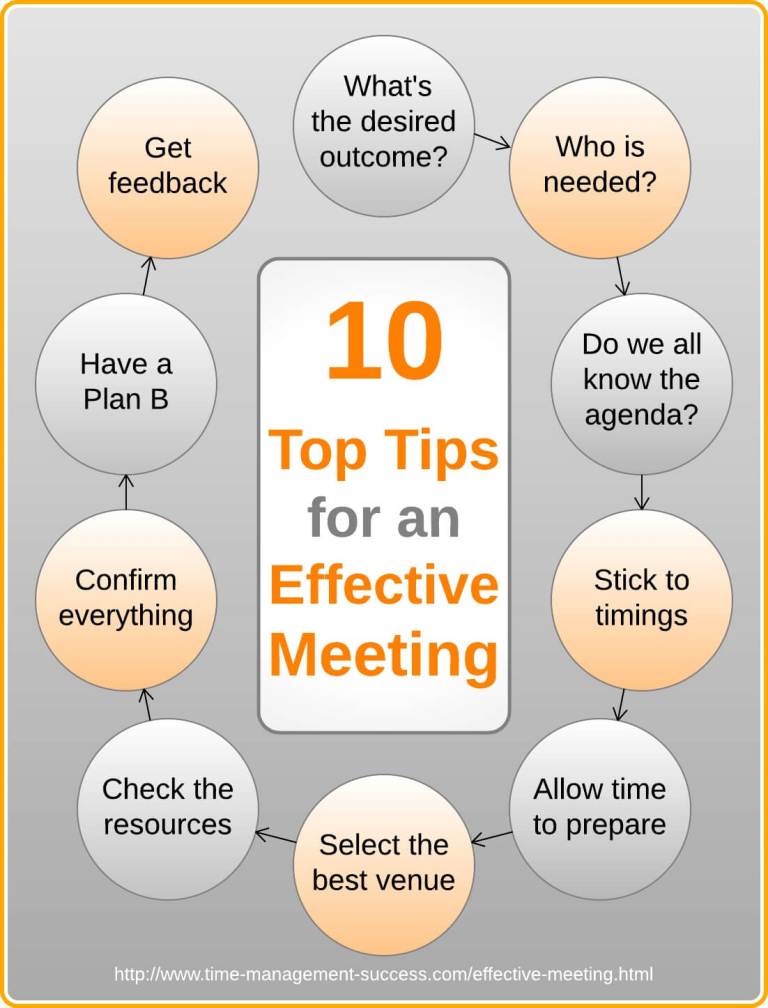
Productivity plummets and morale dips when staff meetings become time-wasting exercises. Leaders urgently need strategies to transform meetings into valuable assets.
This article delivers actionable techniques for running effective staff meetings, focusing on structure, engagement, and measurable outcomes for increased efficiency and team cohesion.
Define the Meeting's Purpose
Before scheduling, clearly define the meeting's objective. Is it for information sharing, problem-solving, or decision-making? Prioritize a single, focused goal.
A pre-defined agenda, distributed at least 24 hours prior, keeps attendees informed and prepared. It also sets clear expectations for time allocation.
Structure for Engagement
Begin with a concise recap of recent achievements and key updates. This ensures everyone starts on the same page and feels connected.
Allocate specific time slots for each agenda item. Designate a timekeeper to maintain adherence and prevent tangents.
Use Collaborative Tools
Leverage digital tools for real-time collaboration. Platforms like Miro or Google Jamboard facilitate brainstorming and shared document editing.
Employ polling software (e.g., Mentimeter) for quick votes and instant feedback. This enhances participation and provides immediate insights.
The Power of "Standing" Meetings
Consider "standing" meetings for routine updates. This forces brevity and focus, preventing unnecessary delays.
Schedule these meetings for no more than 15 minutes. Keep the agenda strictly limited to essential information.
Promote Active Participation
Encourage active participation from all attendees. Create a safe space for sharing ideas and concerns.
Implement the "round-robin" approach for specific topics. Ask each team member to briefly contribute their perspective.
Combatting the Domination of a Few
Actively manage the conversation to prevent a few individuals from dominating. Intervene tactfully to give others a chance to speak.
Use phrases like, "That's a great point, [Name]. Let's hear from someone else on this topic." Or, “Let's make sure everyone has a chance to share.”
Actionable Outcomes and Follow-Up
End each meeting with clear action items and assigned ownership. Document these in a shared platform like Asana or Trello.
Schedule a brief follow-up to review progress on action items. This ensures accountability and prevents tasks from falling through the cracks.
Measuring Meeting Effectiveness
Implement a brief post-meeting survey to gather feedback. Ask attendees to rate the meeting's value and suggest improvements.
Track key metrics such as attendance, task completion rates, and overall team productivity. Use this data to refine meeting strategies over time. According to a recent study by *Atlassian*, poorly run meetings cost U.S. businesses an estimated $37 billion annually.
Remember, the goal is to turn meetings from dreaded obligations into productive opportunities. Continuous improvement is key.
![Effective Staff Meeting Strategies 5 Highly Effective Strategies for Better Team Meetings [Infographic]](https://www.rhythmsystems.com/hs-fs/hubfs/16_RS_For_Blogs/5 Strategies for Better Team Meetings.png?width=603&name=5 Strategies for Better Team Meetings.png)





